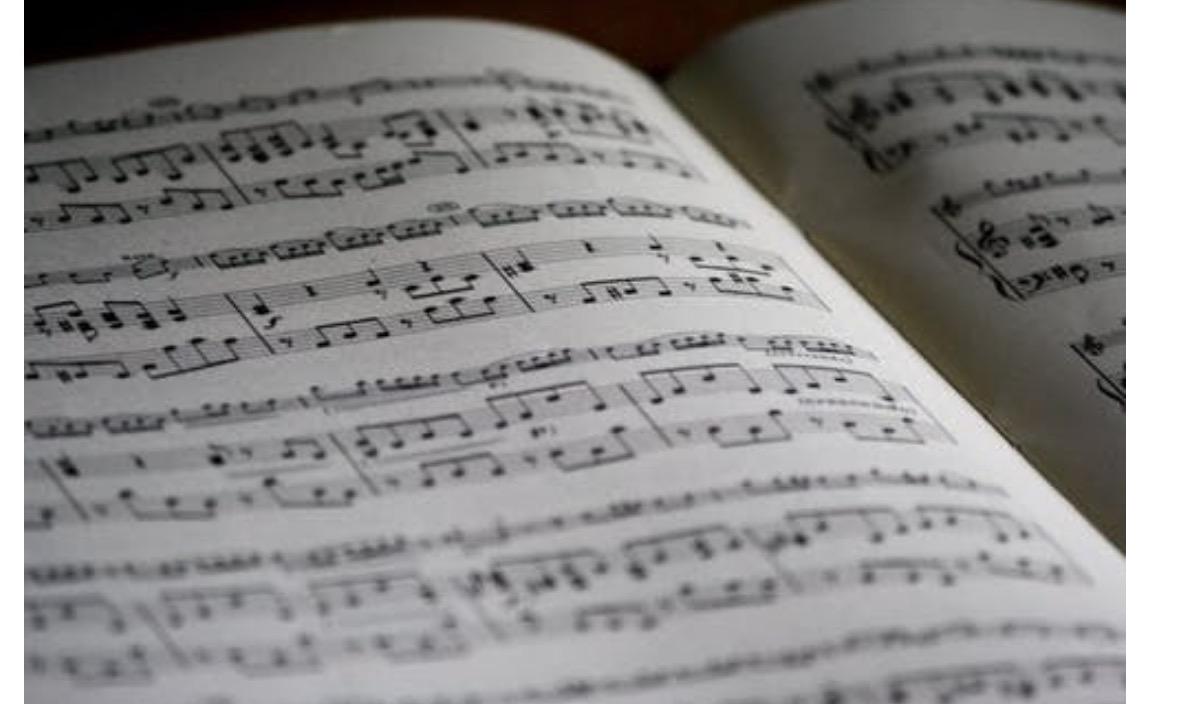
Tools for making music have been around for almost as long as humans have, as evidenced by bone and shell being fashioned into instruments dating back 40,000 years. Fast forward to today and the change is stark with the most modern musical tools being tablets and synthesizers. The main developments have all occurred in the 20th century and here we will take a look at this evolution and how it has affected the process of making music.
4 Track Tape
The four-track tape was the first machine able to record tracks and play them reel to reel, it also had the added benefit of allowing you to listen to other people’s music. It may sound strange in today’s world of streaming and sharing, but this was a breakthrough in the mid 20th century. Ironically, though, the machine was originally developed for business dictation, but was then successfully used by The Beatles in the 1960s to record their early albums and its popularity took off.
Portable Music Devices
The major drawback of the 4 track tape was that it wasn’t portable enough. What if it could be condensed into a portable sized device? Well Sony solved this problem in the late 1970s by introducing the world to the Walkman, which soon spawned numerous copycat examples made by rivals. Finally, music was everywhere you went and allowed thousands of teens worldwide to listen to their favorite music alone or together.
Midi
Midi or Musical Instrument Digital Interface was a game-changer introduced in the early 1980s and its development was closely linked to that of synthesizers. For the first time, however, people could use computers to send instructions to the Midi and hence streamline music production. This device is still evolving today with the addition of WiFi and USB tools.
Streaming Tools
The advent of the internet hastened the development of tools such as Napster, which allowed the P2P streaming of music. This allowed a new generation of youngsters to listen to a wider range of music using only their computer and the internet. This model soon fell foul of the authorities and record labels as they saw the appropriation of their intellectual property and hence their incomes dwindle. It did, however, allow exposure of many smaller bands to a large new audience.
DAW
DAW or digital audio workstation editing became feasible as computer technology advanced allowing more music to be stored. A whole new range of sounds became possible and available to a wider audience, from sample electric guitar and piano packs to the advent of lofi drum kits. These kits are packed full of analogue drum shots and loops on a 24 Bit.WAV format that will bring an authentic vinyl vibe to your next project. Today there are many different software applications, allowing musicians to edit their recordings and DAW software is used in the classroom for educational purposes.
Sharing sites
Sharing sites like the ubiquitous YouTube spawned out of DAW software and the original streaming model used by the likes of Napster. However, the key difference was that artists and their record labels were able to retain control of their music and receive royalties. These sites have since morphed into educational training tools and also allowed people to take control over their playlists, suggest music to friends, or even upload their work in the hope of being noticed and one day hitting the big time. People can set up their channels, allowing exposure to a much larger audience, and can also use them as their main income stream. When YouTube was conceived in the early 2000s, it would have been scarcely believable that so many people would make a living from it.
Tablets
The invention of tablets in the 2010s brought the power of mobile computing. The development of apps allowed people to use their tablets for the actual production of music. Scores could be downloaded and music could be written and heard at the same time. When ‘the cloud’ was conceived this allowed music to be stored remotely, allowing access to several people who could collaborate on the production of a piece without being physically in the same room. Composers could also use tablets to compose pieces for an entire orchestra, highlighting each instrument.
As we have discovered the 20th and early 21st centuries have seen an incredible evolution of musical tools. At the turn of the 20th Century the idea that music could be shared and streamed was not even a possibility, given the main tool of the day was the gramophone. However, little by little, as technology advanced so did musical tools. As we saw first the record player becomes the 4 track tape which in turn over only 50 years morphed into tablets and musical sharing websites.





